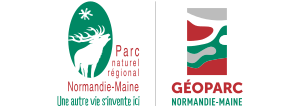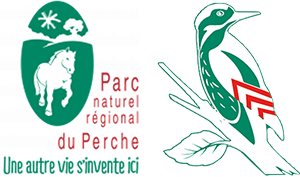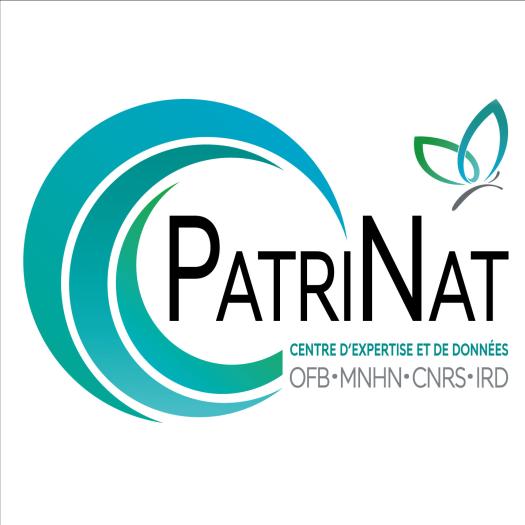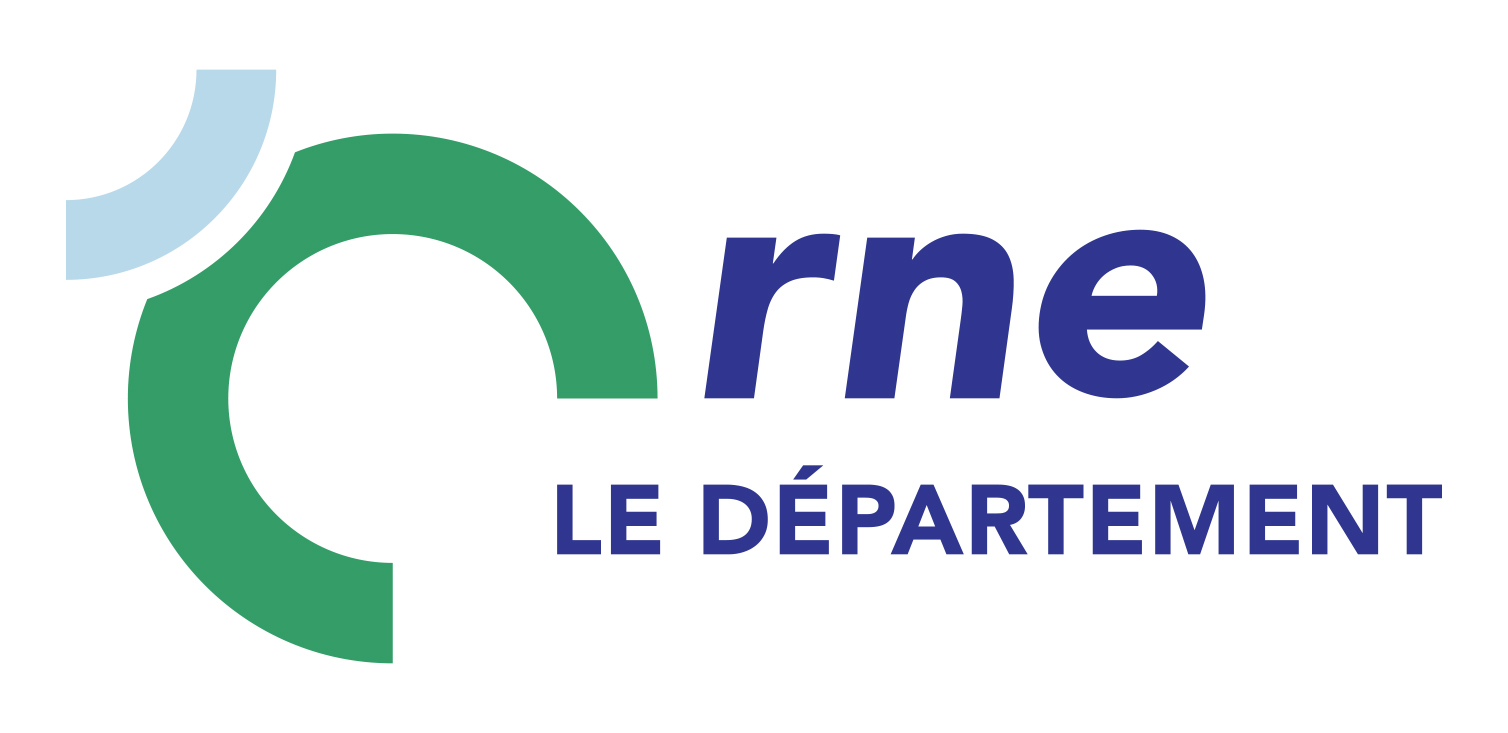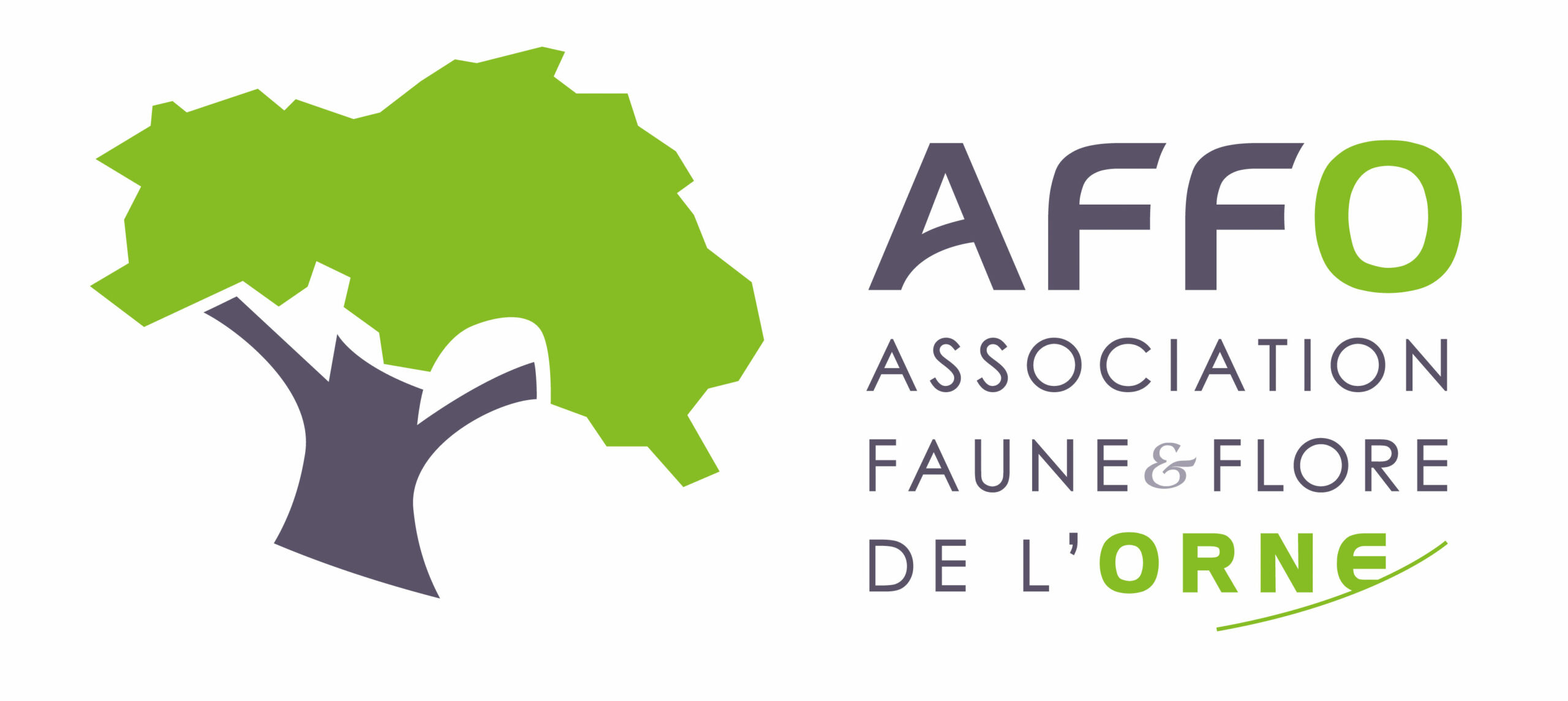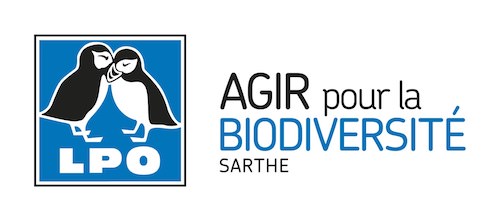- 515 observations
-
54
communes -
57
observateurs
24
organismes -
Première observation
1903 -
Dernière observation
2025
Aubry-le-Panthou - Bellavilliers - Bellou-en-Houlme - Berjou - Ceton - Chailloué - Chaumont - Coudehard - Courgeoût - Écouché-les-Vallées - Écouves - Ferrières-la-Verrerie - Fleuré - Gouffern en Auge - Igé - Juvigny Val d'Andaine - La Ferrière-au-Doyen - La Ferrière-Béchet - La Ferrière-Bochard - La Ferté-en-Ouche - La Lande-de-Goult - La Lande-Patry - Landigou - Les Aspres - Longny les Villages - Lonlay-l'Abbaye - Lonlay-le-Tesson - L'Orée-d'Écouves - Magny-le-Désert - Médavy - Mont-Ormel - Moulins-sur-Orne - Neauphe-sous-Essai - Neauphe-sur-Dive - Neuilly-le-Bisson - Orgères - Perche en Nocé - Rânes - Rémalard en Perche - Sablons sur Huisne - Saint-André-de-Briouze - Saint-Bômer-les-Forges - Saint-Cyr-la-Rosière - Sainte-Scolasse-sur-Sarthe - Saint-Evroult-Notre-Dame-du-Bois - Saint-Julien-sur-Sarthe - Saint-Mard-de-Réno - Saint-Mars-d'Égrenne - Saint-Martin-l'Aiguillon - Saint-Ouen-de-Sécherouvre - Saint-Sulpice-sur-Risle - Tinchebray-Bocage - Tourouvre au Perche - Vimoutiers
-
UMS PatriNat (OFB-CNRS-MNHN)
Participation à 114 Observations
Part d'aide à la prospection : 22.14 %
Fiche organisme
-
Ministère de la Transition écologique et de la Cohésion des territoires
Participation à 111 Observations
Part d'aide à la prospection : 21.55 %
Fiche organisme
-
Ferme éolinne de Fay
Participation à 76 Observations
Part d'aide à la prospection : 14.76 %
Fiche organisme
-
SETUP ENVIRONNEMENT
Participation à 76 Observations
Part d'aide à la prospection : 14.76 %
Fiche organisme
-
PNR et géoparc mondial UNESCO Normandie-Maine
Participation à 65 Observations
Part d'aide à la prospection : 12.62 %
Fiche organisme
-
Office national des forêts (ONF)
Participation à 64 Observations
Part d'aide à la prospection : 12.43 %
Fiche organisme
-
Thema Environnement
Participation à 48 Observations
Part d'aide à la prospection : 9.32 %
Fiche organisme
-
Groupe Mammalogique Normand (GMN)
Participation à 44 Observations
Part d'aide à la prospection : 8.54 %
Fiche organisme
-
Conseil départemental de l'Orne (bureau ENS)
Participation à 43 Observations
Part d'aide à la prospection : 8.35 %
Fiche organisme
-
IEL Exploitation 69
Participation à 39 Observations
Part d'aide à la prospection : 7.57 %
Fiche organisme
-
Écosphère, bureau d'études en environnement
Participation à 31 Observations
Part d'aide à la prospection : 6.02 %
Fiche organisme
-
Enertrag Normandie I
Participation à 31 Observations
Part d'aide à la prospection : 6.02 %
Fiche organisme
-
Ferme éolinne de Germancé à Saint-Ellier-les-Bois
Participation à 17 Observations
Part d'aide à la prospection : 3.30 %
Fiche organisme
-
Conservatoire d'espaces naturels des Pays de la Loire (CEN PDL)
Participation à 17 Observations
Part d'aide à la prospection : 3.30 %
Fiche organisme
-
IEL Exploitation 74
Participation à 9 Observations
Part d'aide à la prospection : 1.75 %
Fiche organisme
-
SUEZ RV NORMANDIE
Participation à 9 Observations
Part d'aide à la prospection : 1.75 %
Fiche organisme
-
SOCIETE D'EXPLOITATION DU PARC EOLIEN BOIS SEIGNEUR
Participation à 5 Observations
Part d'aide à la prospection : 0.97 %
Fiche organisme
-
Association ATHENA
Participation à 3 Observations
Part d'aide à la prospection : 0.58 %
Fiche organisme
-
Association Faune & Flore de l'Orne (AFFO)
Participation à 3 Observations
Part d'aide à la prospection : 0.58 %
Fiche organisme
-
Habitants-bénévoles
Participation à 1 Observation
Part d'aide à la prospection : 0.19 %
Fiche organisme
Informations espèce
Source : Biodiv'Écrins, Parc national des Écrins
H1 : Grottes, systèmes de grottes, passages et plans d'eau souterrains terrestres
J2 : Constructions à faible densité
Répartition actuelle en France métropolitaine
© INPN - Avertissement : les données visualisables reflètent l'état d'avancement des connaissances et/ou la disponibilité des données existantes au niveau national : elles ne peuvent en aucun cas être considérées comme exhaustives.
Répartition actuelle dans le monde
Avertissement : les données visualisables reflètent l'état d'avancement des connaissances et/ou la disponibilité des données existantes au niveau mondial : elles ne peuvent en aucun cas être considérées comme exhaustives.





